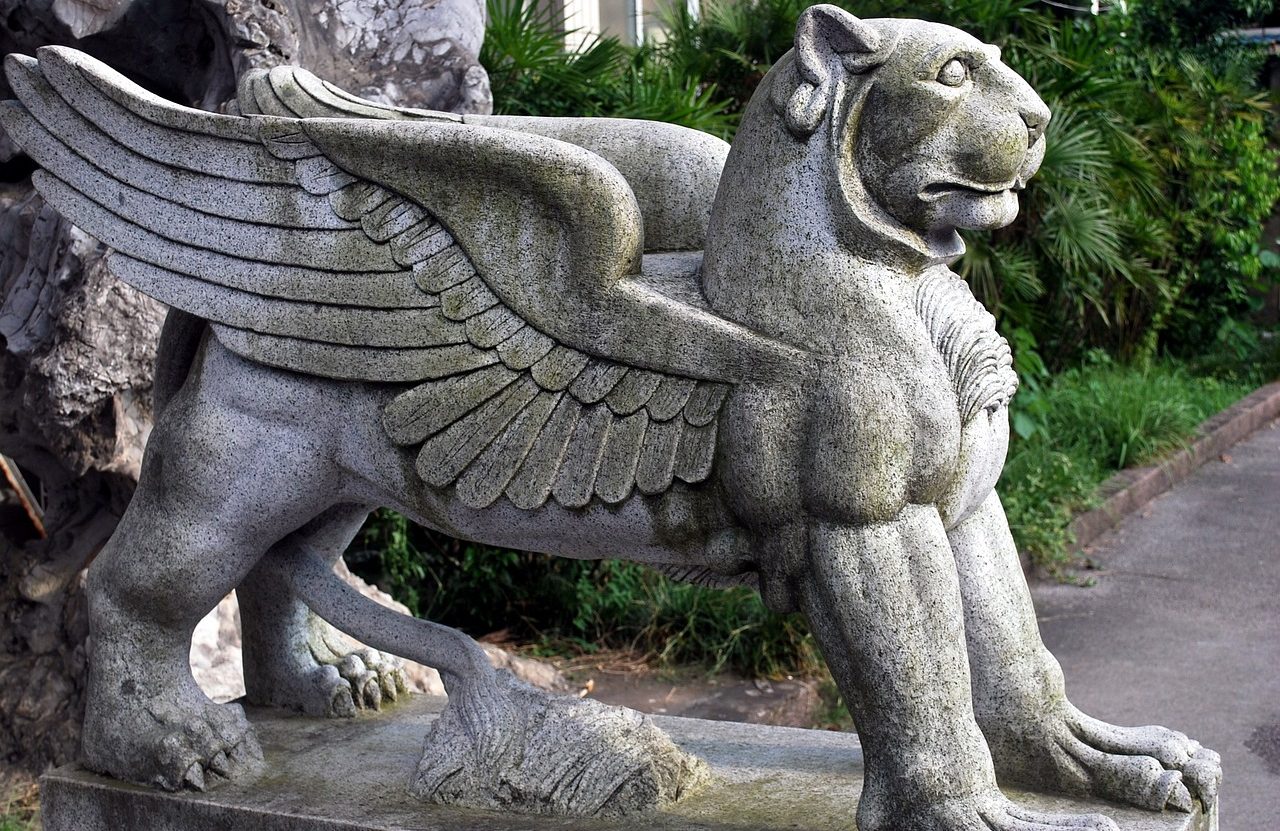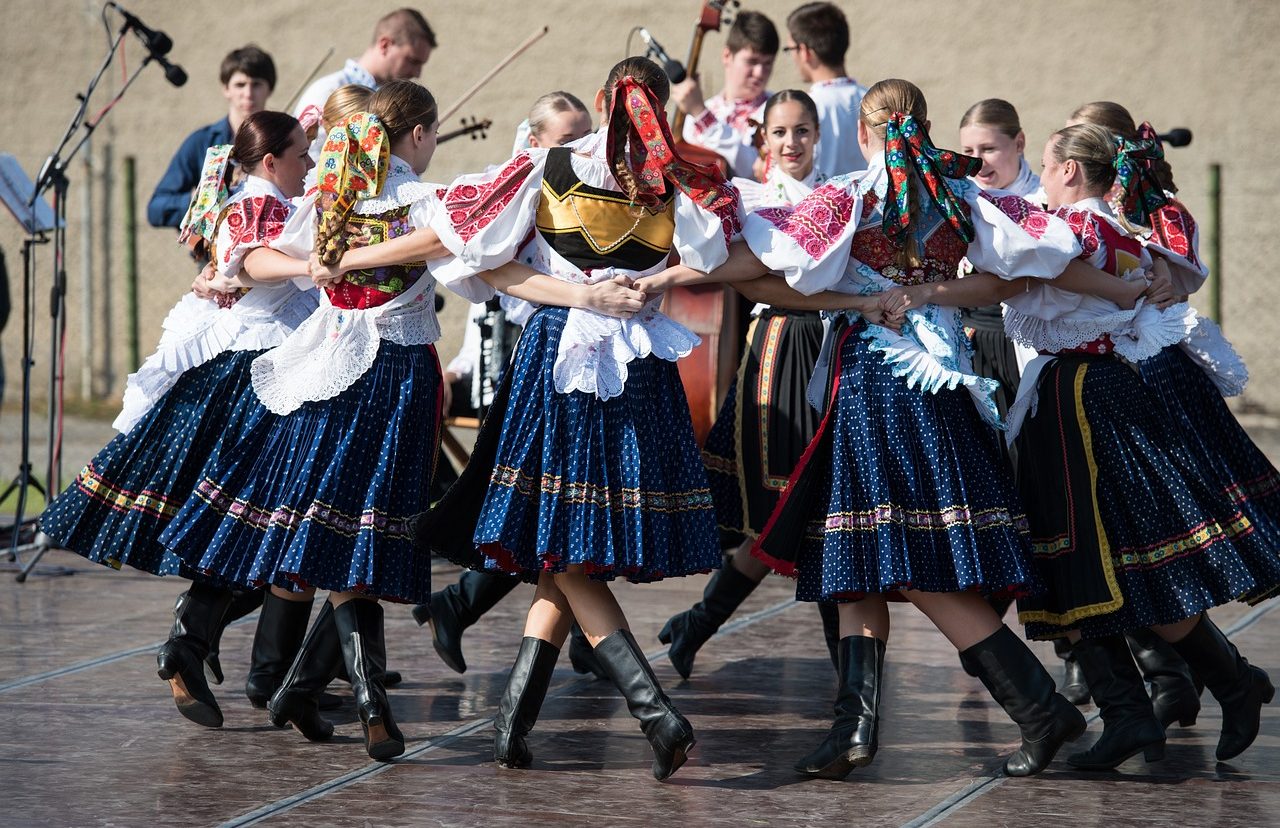
Mythology is part of the cultural heritage of a people.
Cultural heritage is the heritage of rituals, traditions, customs, values and artistic expressions that a people possess . It is a heritage that is transmitted from generation to generation and defines the identity of the community.
Cultural heritage includes everything from social practices to knowledge, including myths and legends. The concept encompasses both intangible elements (dialects, dances, superstitions) and material objects (sculptures, clothing, crafts) that are linked to the way of life, beliefs and worldview of the human group in question.
Characteristics of cultural heritage
The cultural heritage collects the history of the community since it synthesizes all those elements that define it. Through cultural heritage, which is a human product, each individual develops their sense of belonging to the social collective.
It must be considered that cultural heritage is dynamic . It is built permanently, modifying and updating itself over the years. Just as there are components that can disappear (and are no longer transmitted to the following generations), others are incorporated through changes in habits and visions. There are also ancestral elements that are recreated to keep them alive, although they no longer have the same meaning as in their origins.
Another characteristic of cultural heritage is that it is didactic : it allows us to teach the people's past. Likewise, it is described as representative because it acts as a symbol or image of the community and its members.

The cultural heritage includes folk dances and traditional songs.
Types of assets
As we already indicated, cultural heritage is made up of different types of heritage. Thus it is possible to distinguish between material or tangible heritage and immaterial or intangible heritage .
In material heritage, a distinction can also be made between real estate (such as archaeological sites, monuments and temples) and movable property (jewelry, paintings). The intangible heritage, meanwhile, contains gastronomy, literature, religion, etc.
Examples of cultural heritage
Tango is an example of cultural heritage in Argentina . This musical and dance genre emerged at the end of the 19th century in the Río de la Plata basin and today is not only a central constituent of Argentine identity, but also a tourist attraction that seduces travelers from all over the world who come ready to dance. tango in some milonga. Tangos (that is, songs of the genre) are characterized by presenting lyrics written in lunfardo , a River Plate slang.
Another example of cultural heritage is the Day of the Dead in Mexico . This celebration with pre-Hispanic roots is based on the belief that deceased people, once a year, can return to the earthly world to reunite with their loved ones. The ritual includes the installation of altars in each house with typical foods and other offerings.
The intangible heritage also includes the Mediterranean diet , shared by more than a dozen countries. This cultural expression consists of dietary patterns and the consumption of natural products from the region.
If we think about material heritage, we can name the historic center of Florence as an example of Italian cultural heritage. The area includes medieval walls and buildings such as the Cathedral of Santa Maria del Fiore , the Basilica of San Lorenzo , the Medici Riccardi Palace , and the National Museum of San Marco , in addition to the Ponte Vecchio and other bridges.

Cultural heritage contains the belief systems of the community.
The importance of conservation
All the examples mentioned above are part of the World Heritage recognized by the United Nations Educational, Scientific and Cultural Organization ( UNESCO ). This cataloging aims to protect and disseminate those sites or practices that have notable relevance for humanity as a whole.
It must be said that cultural heritage is very important for multiple reasons. As we already saw, it intervenes in the construction of a town's identity and generates a sense of belonging in people. By extension, it contributes to social cohesion : individuals feel part of a group, with which there are common objectives that can be achieved through collaboration and solidarity.
Another aspect to consider is that cultural heritage allows knowledge to be preserved . Intergenerational transmission means that ceremonies, popular stories, agricultural practices or traditional cooking preparations, for example, are not lost. When these elements disappear, the culture in question becomes poorer and reduces its diversity.
That is why UNESCO Heritage aims at the conservation of cultural reserves. From churches to festivals, ancient cities, castles and folk music, there are many values of importance to each community.
Despite this, many times the cultural heritage ends up disappearing. That happened with the Bāmiyān Buddhas , two monumental statues that were in Afghanistan . It is estimated that they had been built in the 5th or 6th century; In 2001 , the Taliban regime decided to destroy them with gunshots and dynamite, considering that they were opposed to the Koran . These Buddhas are thus no longer part of the Afghan heritage.
Many languages, in turn, become dead or extinct languages when their last speaker dies and are no longer transmitted as a mother tongue. Iberian , Etruscan and Yagan are examples of this type of languages that have disappeared and are lost from the cultural heritage.
